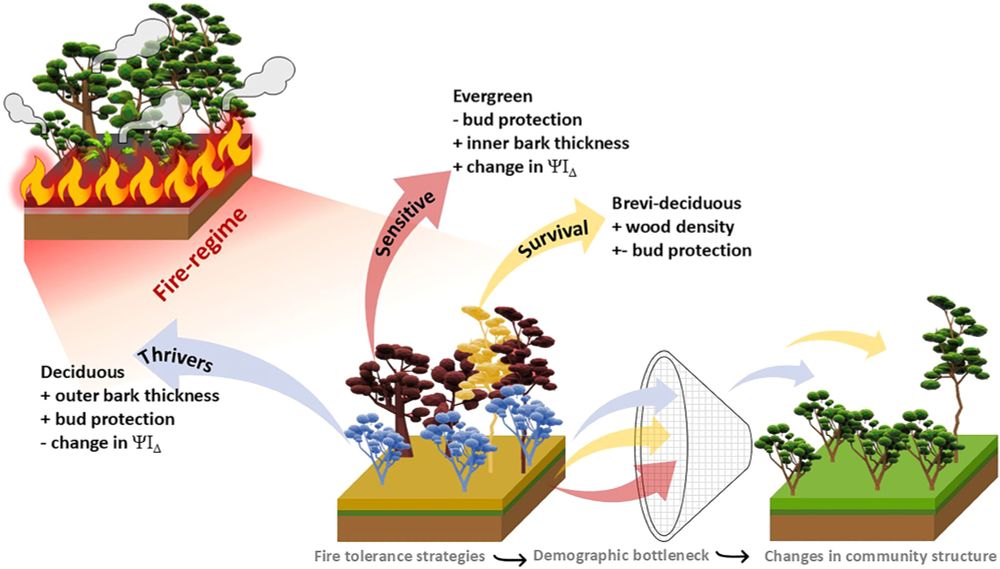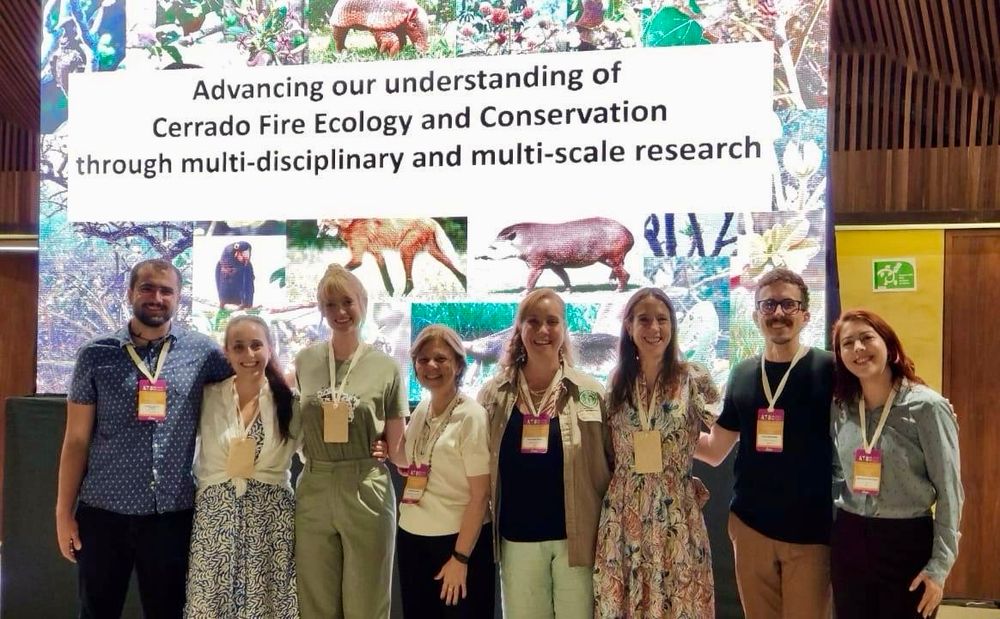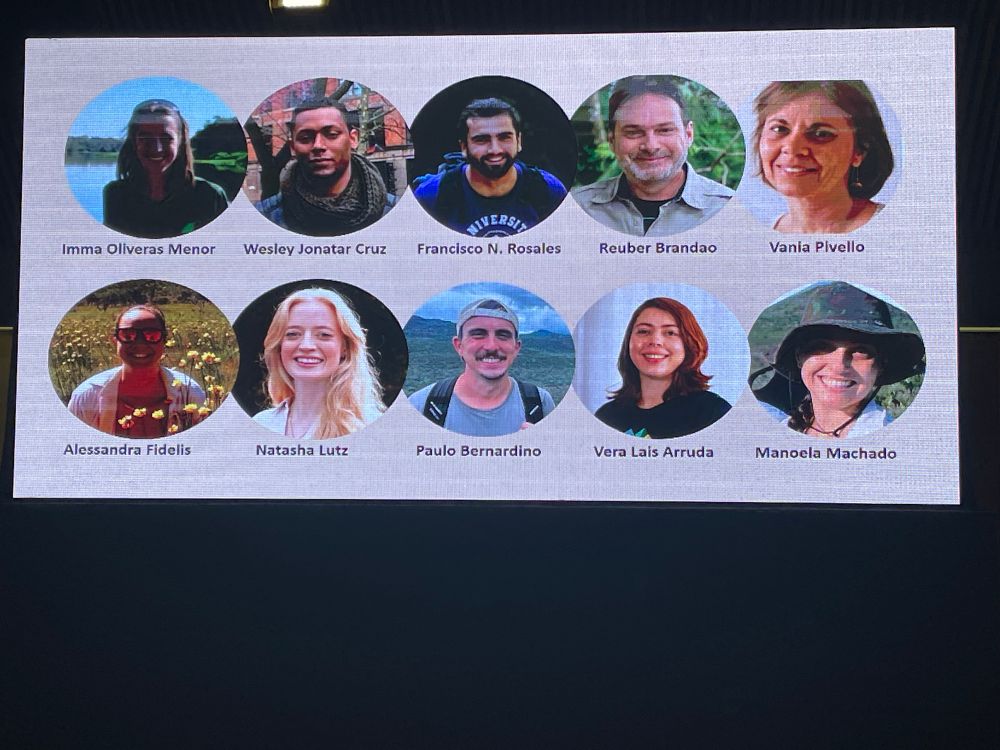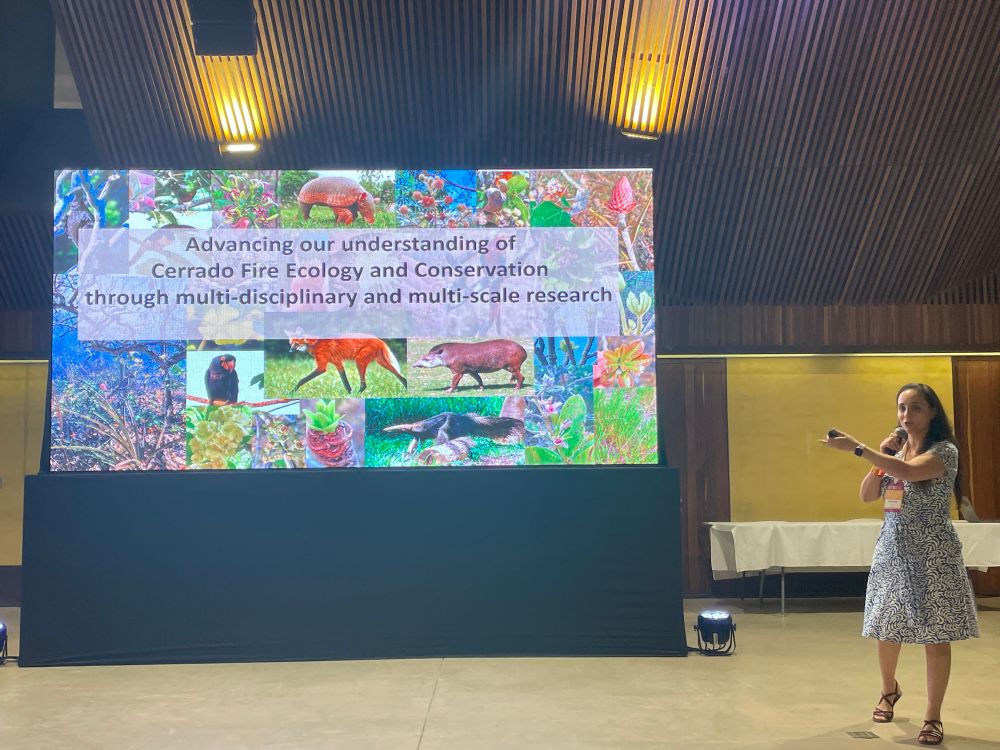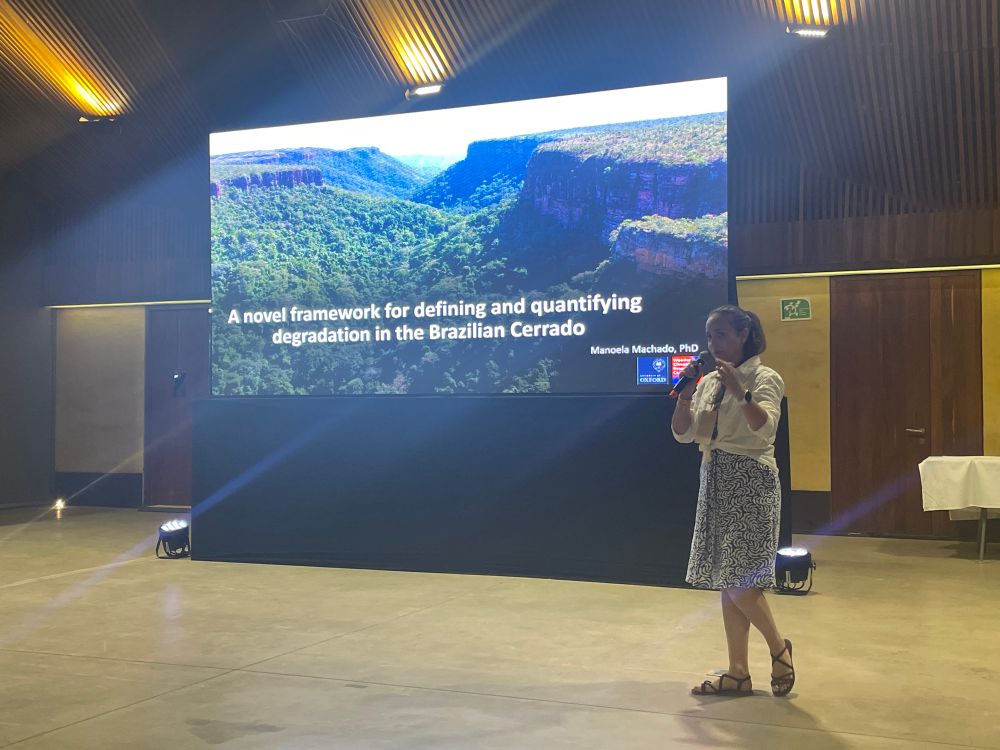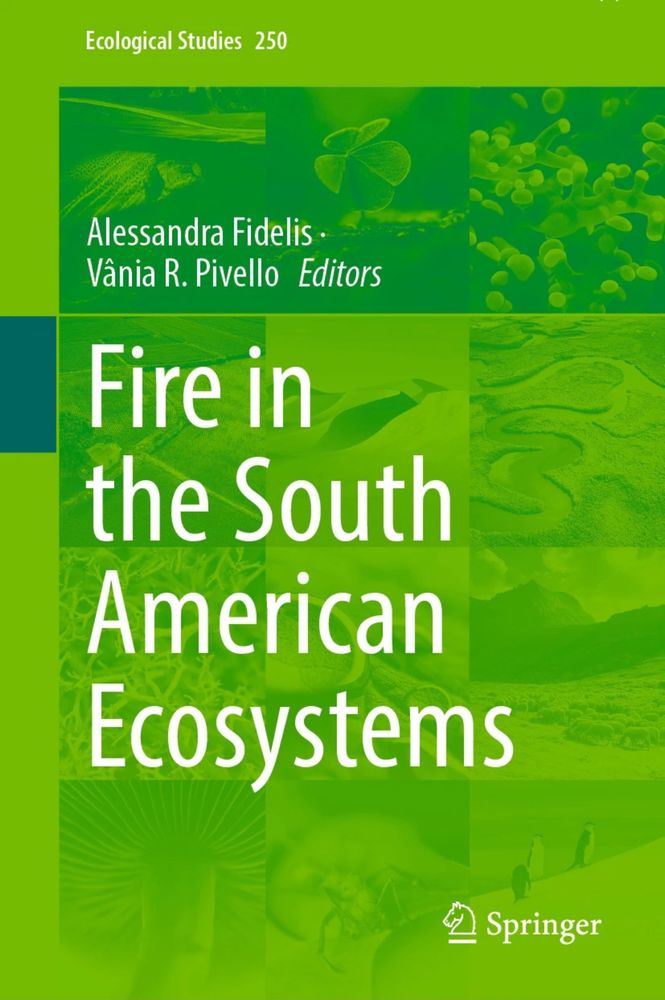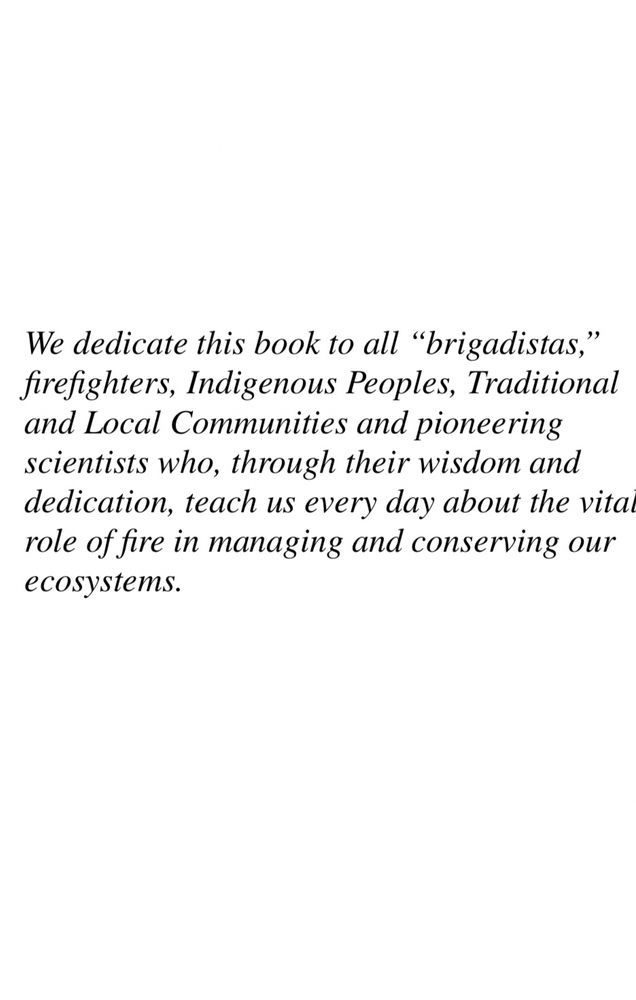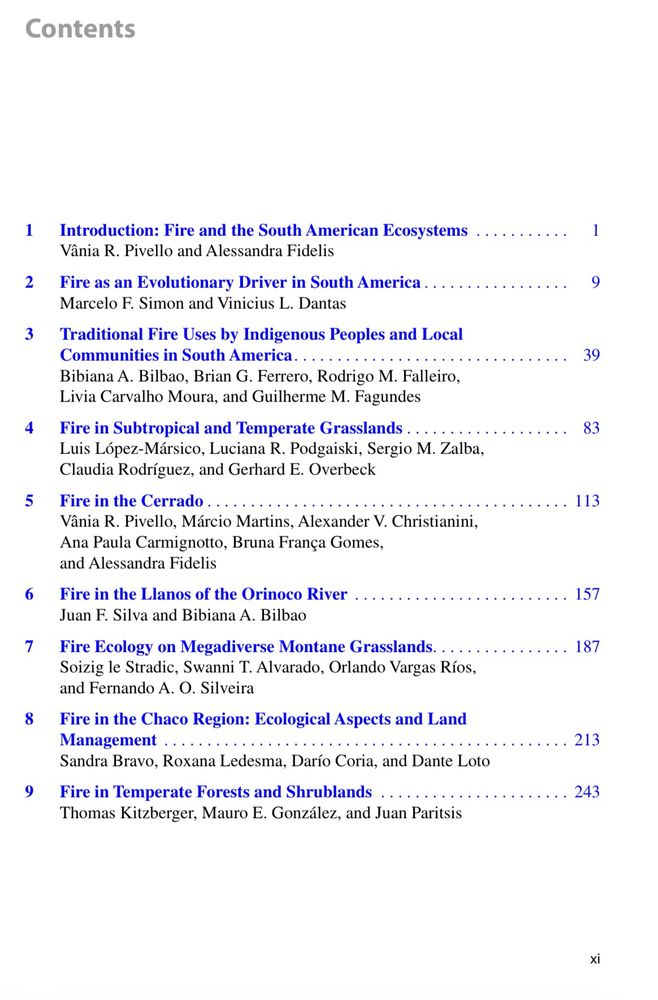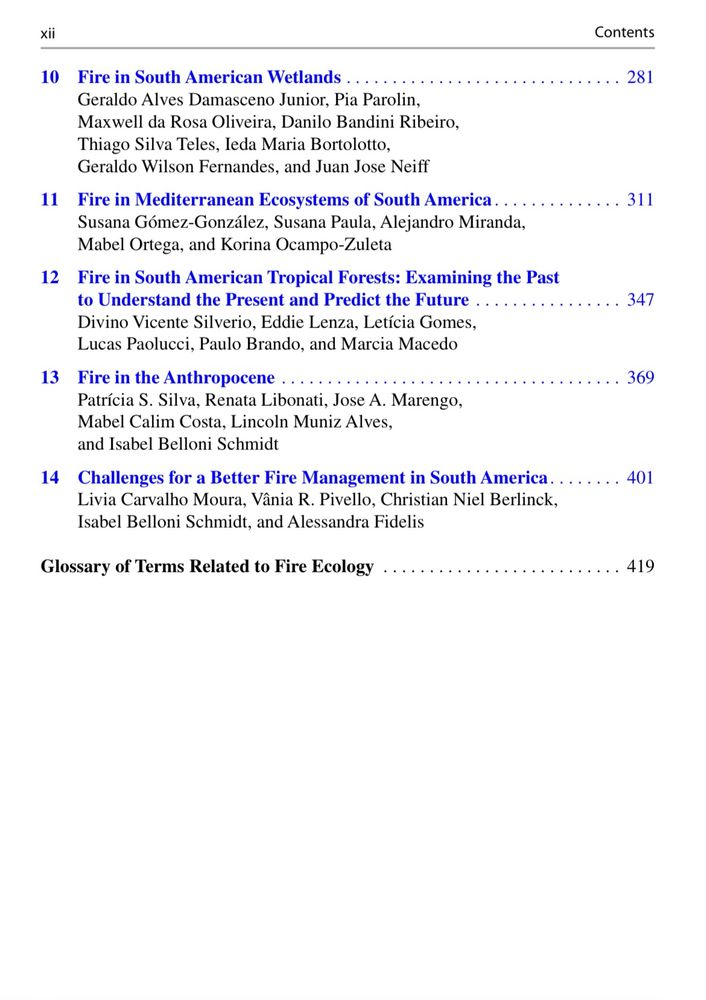Francisco Navarro-Rosales
@navarrosales.bsky.social
1.1K followers
210 following
49 posts
PhD student researching fire and drought ecology in tropical forests and savannas 🌿
Posts
Media
Videos
Starter Packs
Reposted by Francisco Navarro-Rosales
Reposted by Francisco Navarro-Rosales
Reposted by Francisco Navarro-Rosales
Reposted by Francisco Navarro-Rosales
ForestPlots
@forestplots.bsky.social
· Aug 14

Sensitivity of tropical woodland savannas to El Niño droughts
Abstract. The 2015–2016 El Niño event led to one of the hottest and most intense droughts for many tropical forests, profoundly impacting forest productivity. However, we know little about how this ev...
bg.copernicus.org
Reposted by Francisco Navarro-Rosales
Reposted by Francisco Navarro-Rosales
Reposted by Francisco Navarro-Rosales































